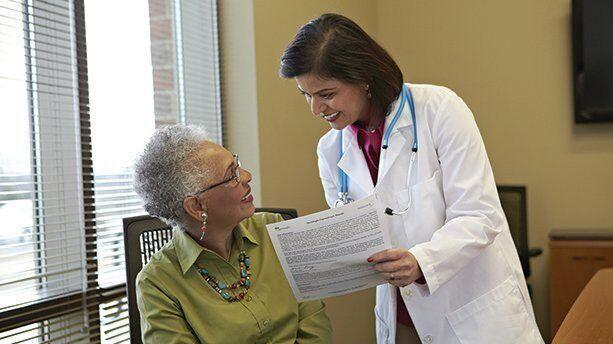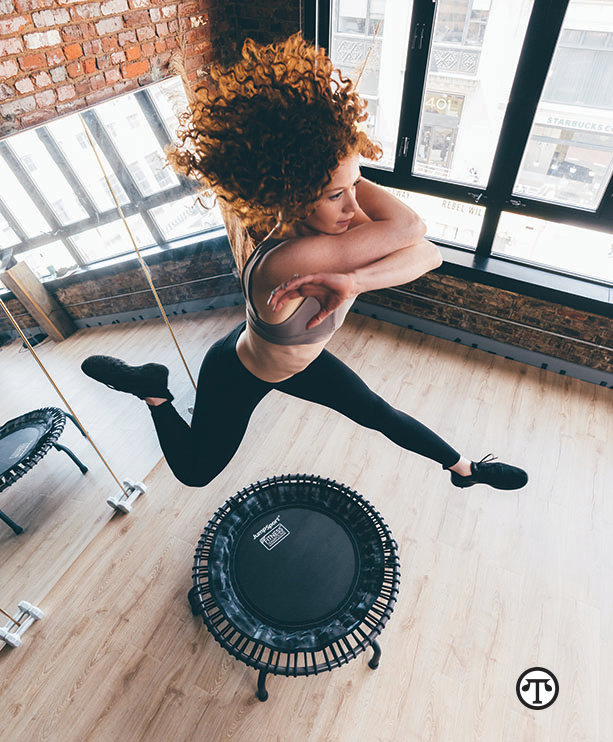FOR YOUR HEALTH – Pandemic Depression: Genetic Insight May Help Treatment

You don’t have to live with depression. An increasingly popular test may help your doctor make a more informed treatment decision.
(NAPSI)—Social isolation during the pandemic may pose a mental health threat for those already at risk for COVID-19—people over age 65.
As doctors treat more senior patients for depression, an increasingly popular genetic test may inform their treatment decisions. The GeneSight test (www.genesight.com) provides information about how your genes may impact how you metabolize and respond to certain depression medications.
Innovative solutions for mental health conditions are important. As the pandemic and its resulting isolation wears on, many are struggling with their mental health. According to the Centers for Disease Control and Prevention, loneliness can be associated with higher rates of depression.
“When I first experienced depression, it happened all of a sudden,” shared Doreen, a wife, mother of three grown children, and retiree. “It was like a cloud happened in my head.”
Symptoms of depression can include changes in sleep or eating patterns, decreased energy, difficulty concentrating or a lack of motivation.
Doreen saw her doctor, who prescribed a depression medication but it didn’t alleviate her symptoms.
“I began to see one doctor, then another, to help deal with my depression,” said Doreen. Her doctors “tried many, many different medications and none seemed to work. Finally, my heart doctor said, ‘Doreen, I’ve heard about this gene test, I think it might help you.’”
Her doctor was referring to the GeneSight test.
The test is a simple cheek swab, ordered by a healthcare provider who can prescribe medications. A patient can take the test at home or in the doctor’s office.
Using a patient’s unique DNA, the GeneSight test informs doctors about potential gene-drug interactions. The report provides information about which depression medications may require dose adjustments, may be less likely to work, or may have an increased risk of side effects based on a patient’s genetic makeup.
The GeneSight test helped Doreen’s doctor to make an informed treatment decision; she was prescribed a new medication.
“That’s when my life started to change. I got back to smiling, being happy and laughing again. I got back to being me,” Doreen said.
Post-pandemic life will likely never be the same. If depression is one of the unanticipated consequences, treatment is important.
People struggling with depression can ask their doctor about the GeneSight test. To learn more, visit www.GeneSight.com.


 It’s no secret that growing older comes with certain challenges. For many seniors, old age can make taken-for-granted tasks much more difficult than they used to be. This makes it hard or impossible for seniors to age in place without a helping hand (or two, or three).
It’s no secret that growing older comes with certain challenges. For many seniors, old age can make taken-for-granted tasks much more difficult than they used to be. This makes it hard or impossible for seniors to age in place without a helping hand (or two, or three).




 The older people get, the less likely they are to share memories, researchers say.
The older people get, the less likely they are to share memories, researchers say. Do you need assistance finding local programs that can help you get food or address other critical needs that have arisen due to COVID-nineteen?
Do you need assistance finding local programs that can help you get food or address other critical needs that have arisen due to COVID-nineteen?